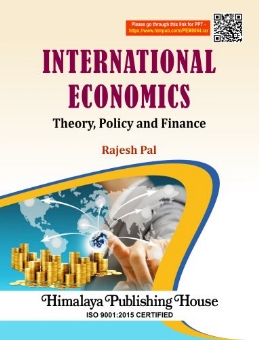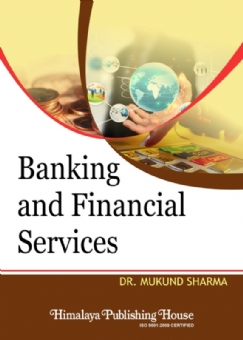International economics has three main branches: international trade theory, international trade policy, and international monetary economics, which is also called international finance. The purpose of this book is to help students learn these international trade theories, policies and finance besides international economics tools and financial institutions, and to show how they can apply these tools and theories of international economics in international trade. Accordingly, this book is organised into five parts: Introduction, International Trade Theory (Microeconomic Aspects), International Trade Policy (Microeconomic Aspects), International Monetary Economics (Macroeconomic Aspects), and Multilateral Financial Institutions and Regional Development Institutions. The author has taken effort to make the book more student-friendly. Towards that end, the author has used various learning tools that recurred throughout the book like learning objectives, introduction, key terms, summary, questions for review, appendix, and references. This book contains numerous case studies, which help students and academicians to get insight into the application of the theory. Besides, case studies, additional materials are given in boxes, which offer a glimpse into the history of economic thought. Others clarify technical issues. Still others discuss data and supplementary topics on international trade. All figures are drawn on numerical scales to allow the reading of answers in actual numbers rather than simply as distances. Figures are carefully explained in the text and then summarised briefly in the captions. This book presents a judicious blend of all the standard topics of traditional theory of international economics as well as the many exciting recent developments in the field.
Contents –
Part One – Introduction
Chapter 1: International Economics: An Overview
Chapter 2: Analytical Tools
Part Two – International Trade Theory (Microeconomic Aspects)
Chapter 3: The Classical Theory of International Trade: Absolute Cost and Comparative Cost Theories
Chapter 4: Elaborations and Refinements of the Comparative Cost Theory
Chapter 5: Haberler’s Opportunity Cost Theory (Neo-Classical Theory)
Chapter 6: Theory of Reciprocal Demand
Chapter 7: Heckscher-Ohlin Theory (Factor Endowments or Factor Proportions Theory) and the Commodity Composition of Trade
Chapter 8: New Theories of International Trade (Complementary Trade Theories)
Chapter 9: Economic Growth and International Trade
Chapter 10: Terms of Trade
Part Three – International Trade Policy (Microeconomic Aspects)
Chapter 11: Tariffs: Trade Restrictions
Chapter 12: Non-tariff Trade Barriers and the New Protectionism
Chapter 13: Economic Integration: Customs Union and Free Trade Area
Chapter 14: International Factor Movements
Part Four – International Monetary Economics (Macroeconomic Aspects)
Chapter 15: National Income Accounting and the Balance of Payments
Chapter 16: Adjustment Mechanisms of the Balance of Payments (Open Economy Macroeconomics): Automatic Adjustment Mechanisms
Chapter 17: Adjustment Mechanisms of the Balance of Payments (Open Economy Macroeconomics): Policy Adjustment Mechanisms
Chapter 18: Foreign Exchange Market and Exchange Rate
Chapter 19: Exchange Rate Determination
Chapter 20: International Monetary System (1870-1973)
Part Five – Multilateral Financial Institutions and Regional Development Institutions
Chapter 21: The Bretton Woods Institutions
Chapter 22: Regional Development and Multilateral Financial Institutions







